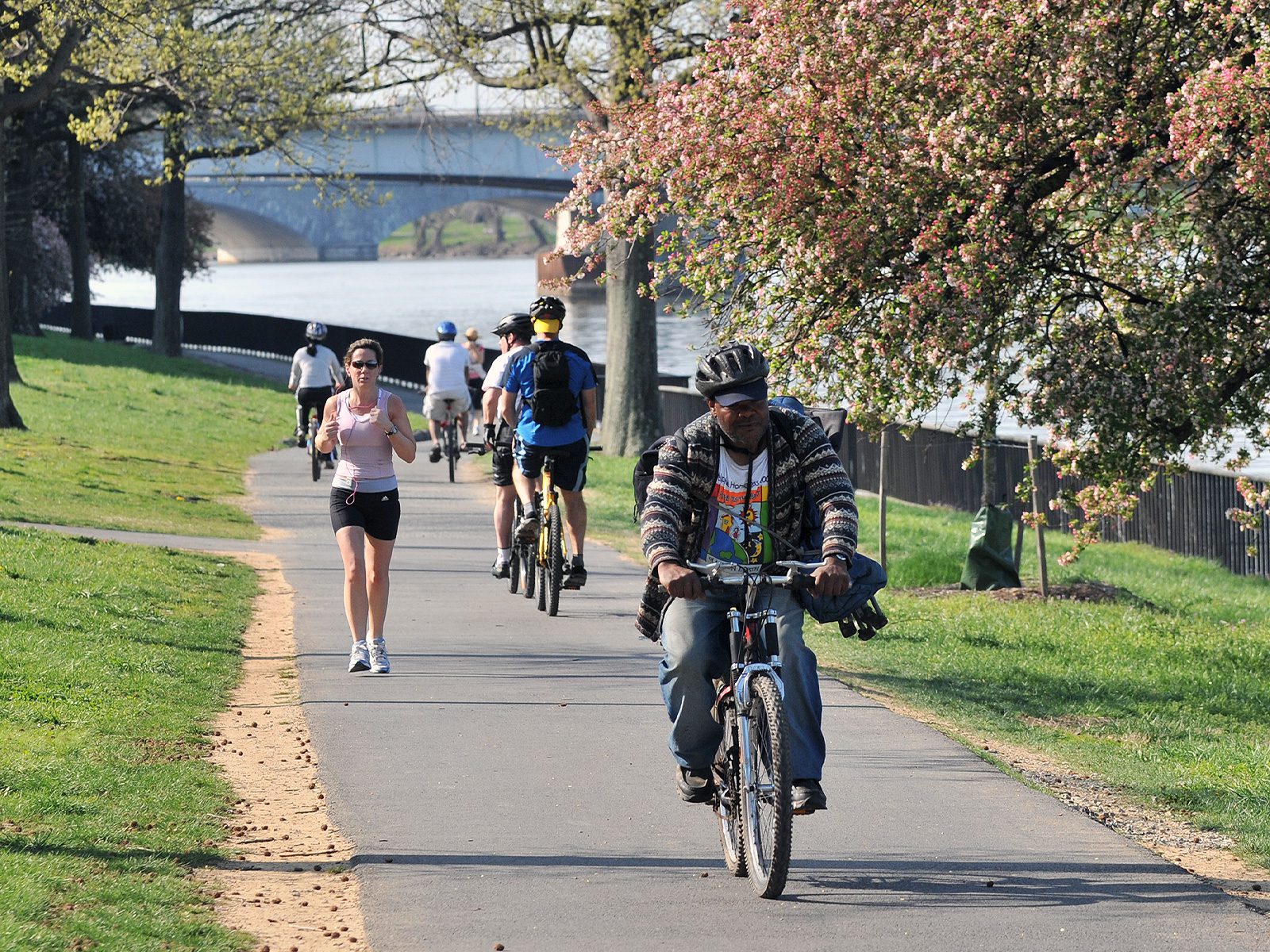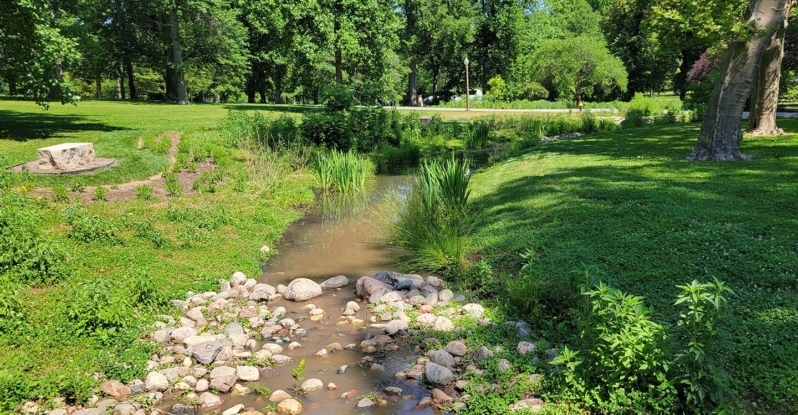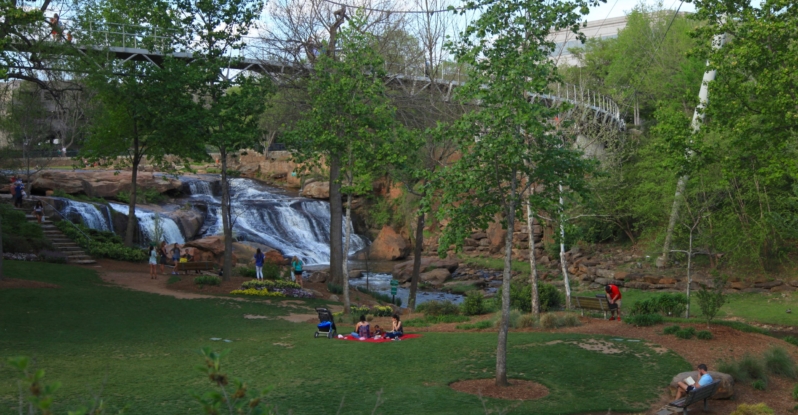Getting outdoors to play, walk, or just enjoy the fresh air has countless physical, mental, and social benefits, many studies have shown. But underserved communities in urban neighborhoods disproportionately lack access to parks and green space for such activities.
The federal Outdoor Recreation Legacy Partnership (ORLP) program aims to change that by providing dollar-for-dollar matching funds for new parks and park expansions in disadvantaged urban neighborhoods nationwide. Since the program’s creation, over 100 projects have been awarded grants, with transformational results.
In Saint Paul, Minnesota, for example, $2.4 million in ORLP funding is helping to turn an underused park with worn-out, sprawling softball fields into a vibrant array of recreation amenities, including sepak takraw courts and a multi-use artificial turf field, which offers environmental benefits over the hard-to-maintain, weather-beaten lawn.
In Seattle, Washington, a million-dollar ORLP grant is helping the city turn long-vacant parcels of land into a park for the underserved Rainier Valley neighborhood, an oasis for residents of the dense and aging housing that surrounds the park. The once decrepit and polluted land will soon bloom with daffodils and lavender, offering residents – including many Somali, Chinese, Vietnamese, and other immigrant families – locally grown fruit and the chance to relax in the shade of fir and pine trees.
In Stamford, Connecticut, $1.81 million in ORLP funding is revamping the only park easily accessible to the Waterside and West Side neighborhoods and providing precious access to the coast of the Long Island Sound. Residents can picnic while gazing at the ocean or enjoy a splash pad, tot lot, playground, and walking trail.
“We want to make sure all our residents have access to high-quality parks,” said Stamford Mayor Caroline Simmons. “Making this investment is really important for the community.”
ORLP-funded park upgrades can help address the impacts of climate change with new stormwater management and climate-resilient features. Communities most in need of parks are often also hardest hit by climate change impacts. Communities most in need of parks are often also hardest hit by climate change impacts.
As the National Park Service website notes, ORLP-funded projects “may include any or all manner of outdoor recreation activities such as hiking, camping, unstructured play, picnicking, cycling, field and court sports, fishing, bird watching, swimming pools, paddling, and skating, as well as for outdoor recreation facilities” and related structures like restrooms, field houses, and parking.
Since its inception in 2014, the ORLP has grown from a $3 million program to $125 million in annual funding. The ORLP funding awards will be matched dollar for dollar, with local funds doubling the positive impact. The proposed bi-partisan Outdoors for All Act, currently included in a House outdoor recreation package called the Expanding Public Lands Outdoor Recreation Experiences (EXPLORE) Act which passed on April 9, and in a Senate package called the America’s Outdoor Recreation Act, would codify the ORLP, making it a permanent federal program by law.
“City Parks Alliance has been a critical partner with NPS in helping to secure funds for underserved communities through the ORLP. The Alliance’s ORLP promotional and educational efforts have been vital to the program’s early successes,” said Lauren Imgrund, Associate Director, Partnerships and Civic Engagement, National Park Service.
Other beneficiaries of ORLP funds over the years include the Belle Isle Park in the Detroit River; a Minneapolis park developed on a former brownfield along the Mississippi River; a new skate park on a former industrial site in Madison, Wisconsin; a new park in an historic, African American neighborhood in Atlanta; a playground overhaul and new fitness trail at a park in a low-income San Francisco neighborhood; and new pools added to a park in Rochester, New York.
The pandemic demonstrated overwhelmingly the necessity of parks for a community’s health and well-being. Parks were the first public amenity to reopen during that period and provided a vital lifeline to families whose children needed an outlet. Even though pandemic precautions have eased, we continue to see increased usage and participation in our parks, trails, playgrounds, and public spaces.
“Parks are critical resources for people of all ages to live more powerfully. Parks are safe places for kids to play and learn, where teens build confidence and life skills, families celebrate their strength, and seniors maintain social connections,” said City Parks Alliance Executive Director Catherine Nagel.
The ORLP has turned into a critical funding source for cities as they work to address park needs in disadvantaged communities. Despite the enormous health, economic, and environmental benefits, public funding for urban parks is limited and not keeping up with demand, especially in distressed communities where their many benefits are most needed.”
Indeed, parks serving majority populations of color are, on average, half as large as parks serving majority white populations, while parks serving primarily low-income people are four times smaller than parks serving higher-income populations. Nationwide, 100 million people, including 28 million children, do not have a park within a 10-minute walk of home.
Creating, expanding, and improving parks in underserved neighborhoods has multiple ripple effects and benefits for well-being, equity, and climate resilience, experts say.
“Parks make our cities work,” said Nagel. “They are civic infrastructure as important as bridges and roads and water systems, with a high return on public investment because they do so much to help cities meet our greatest challenges, from environmental resiliency to community vitality. We cannot have thriving, sustainable cities without high-quality parks.”
The City Parks Alliance series on the Outdoor Recreation Legacy Partnership was written by Kari Lydersen. Kari is an assistant professor of journalism at Northwestern University and a Chicago-based journalist and author.
Explore and learn more about the impact of the Outdoor Recreation Legacy Partnership:
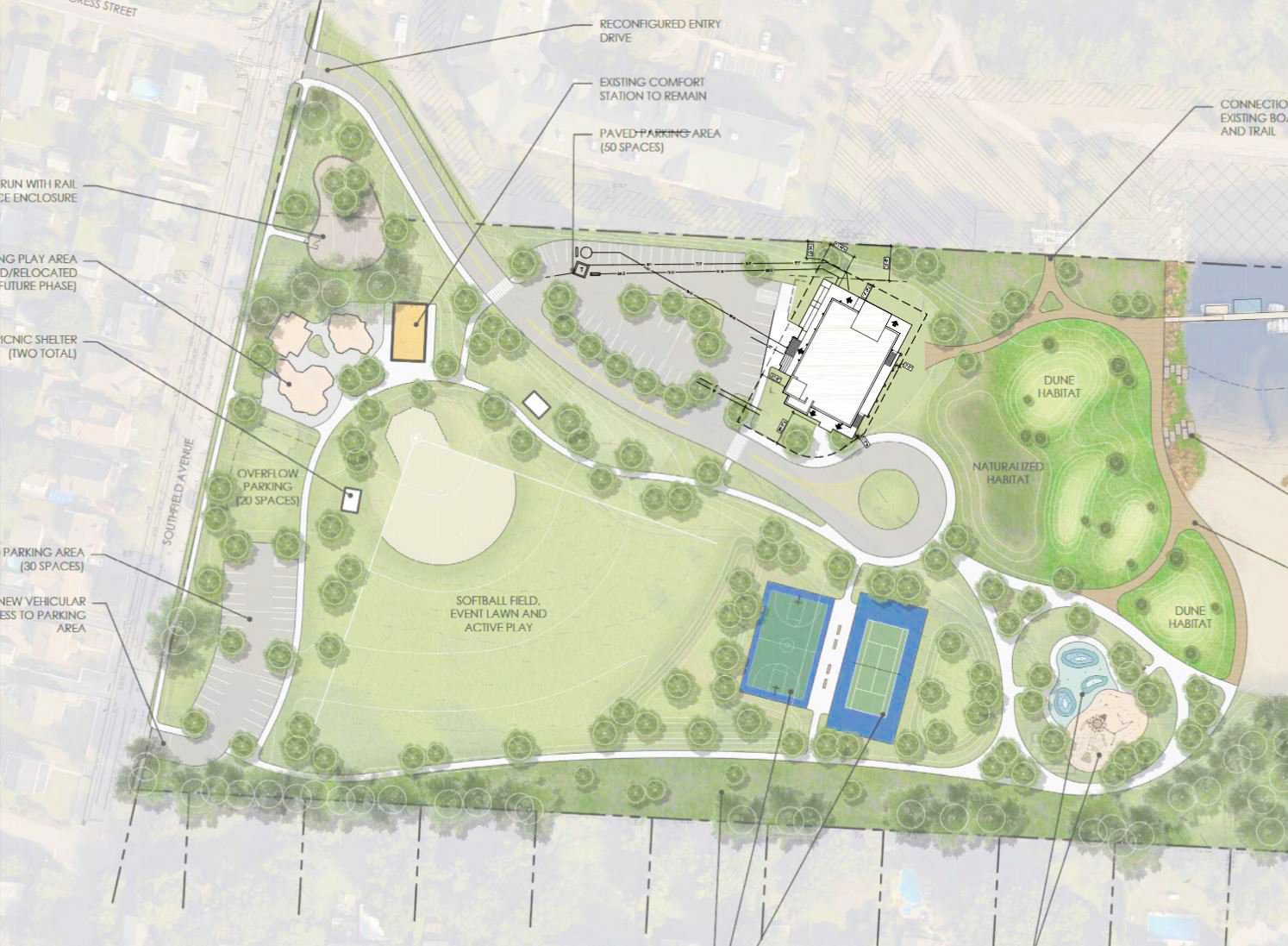
Stamford, CT Story
An urban park embraces its coast in Stamford thanks to the Outdoor Recreation Legacy Partnership.
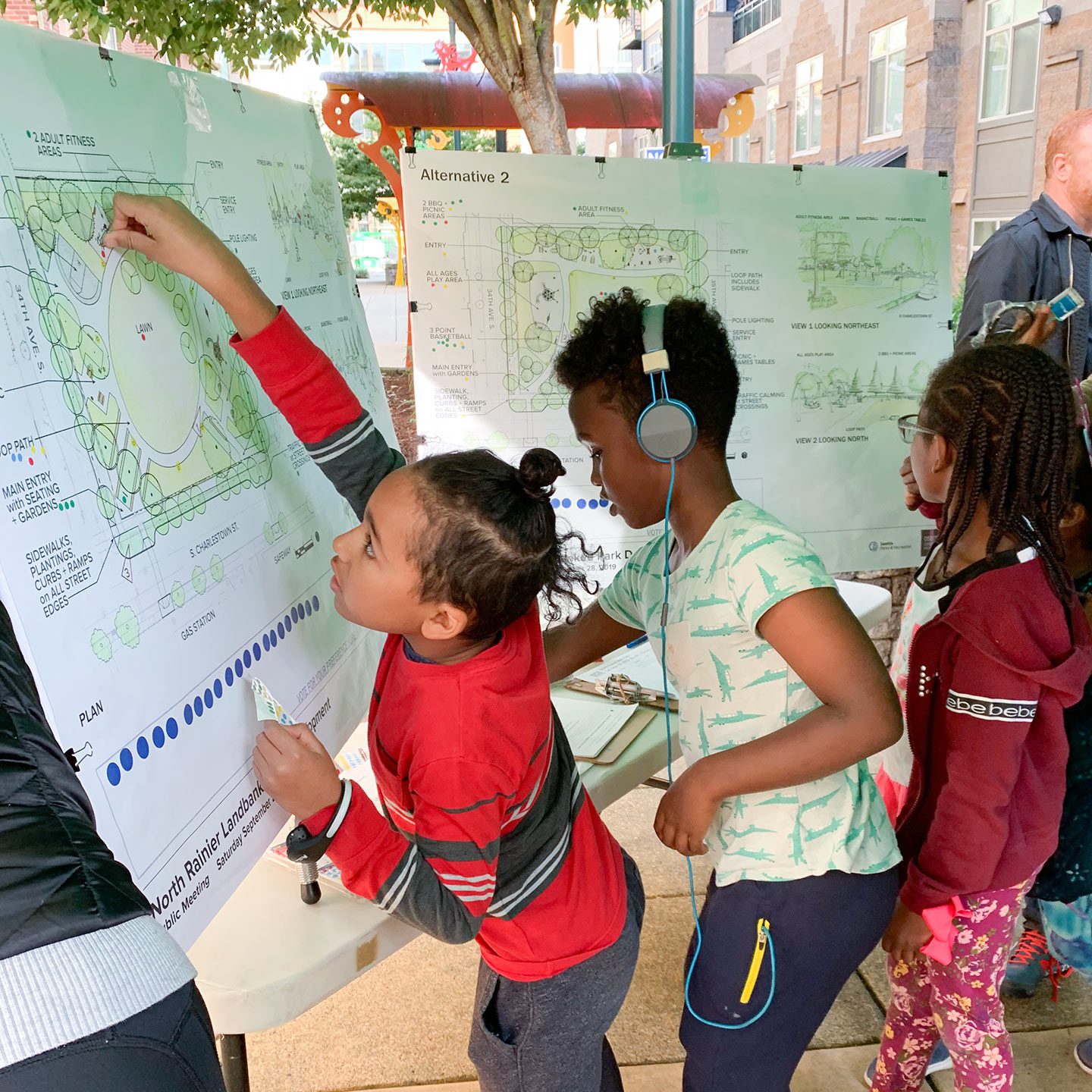
Seattle, WA Story
An “Urban Village” Park in Diverse Seattle Neighborhood thanks to the Outdoor Recreation Legacy Partnership.
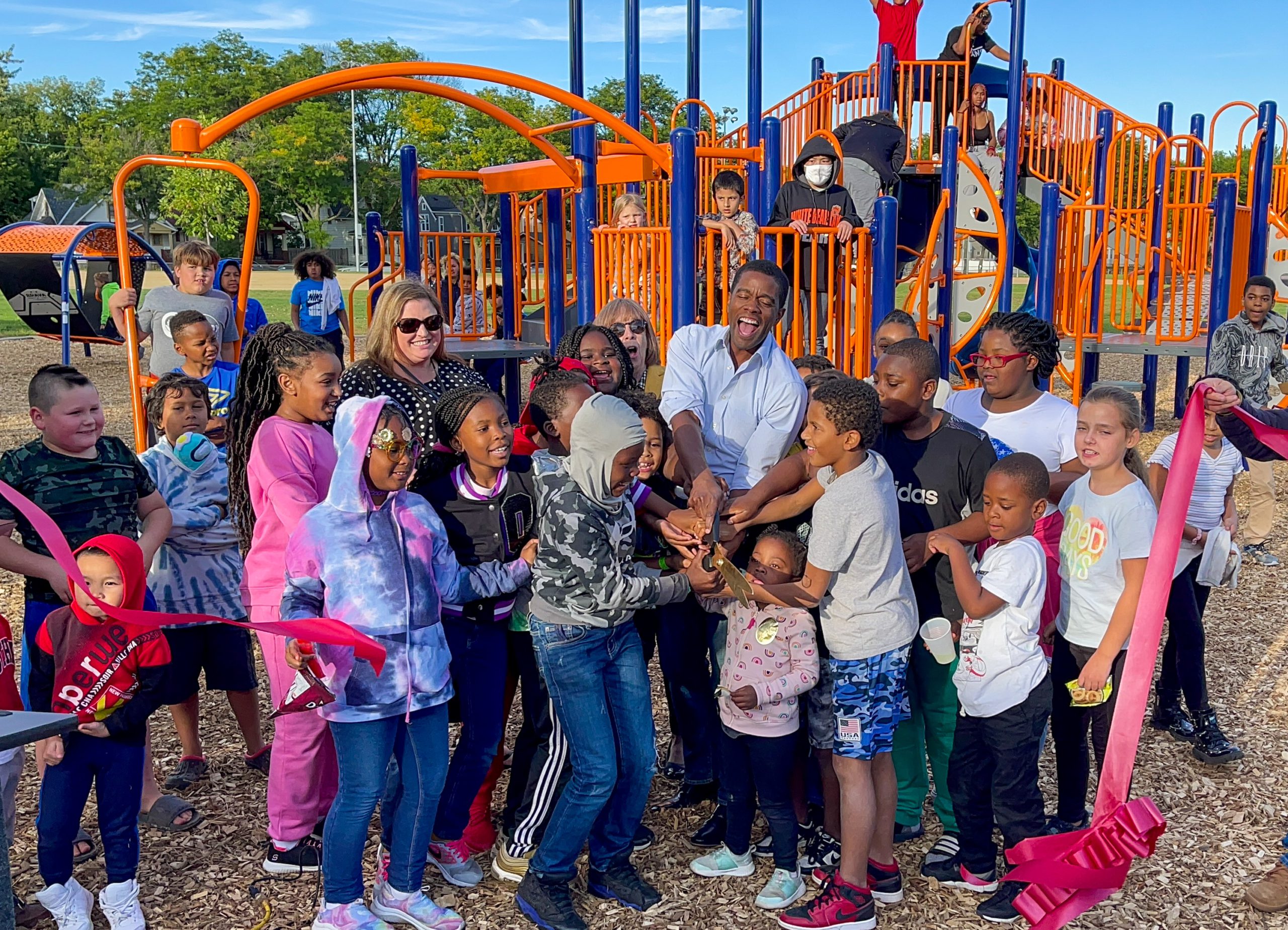
St. Paul, MN Story
In Saint Paul, ORLP helps a park change with the times, and the community thanks to the Outdoor Recreation Legacy Partnership.

